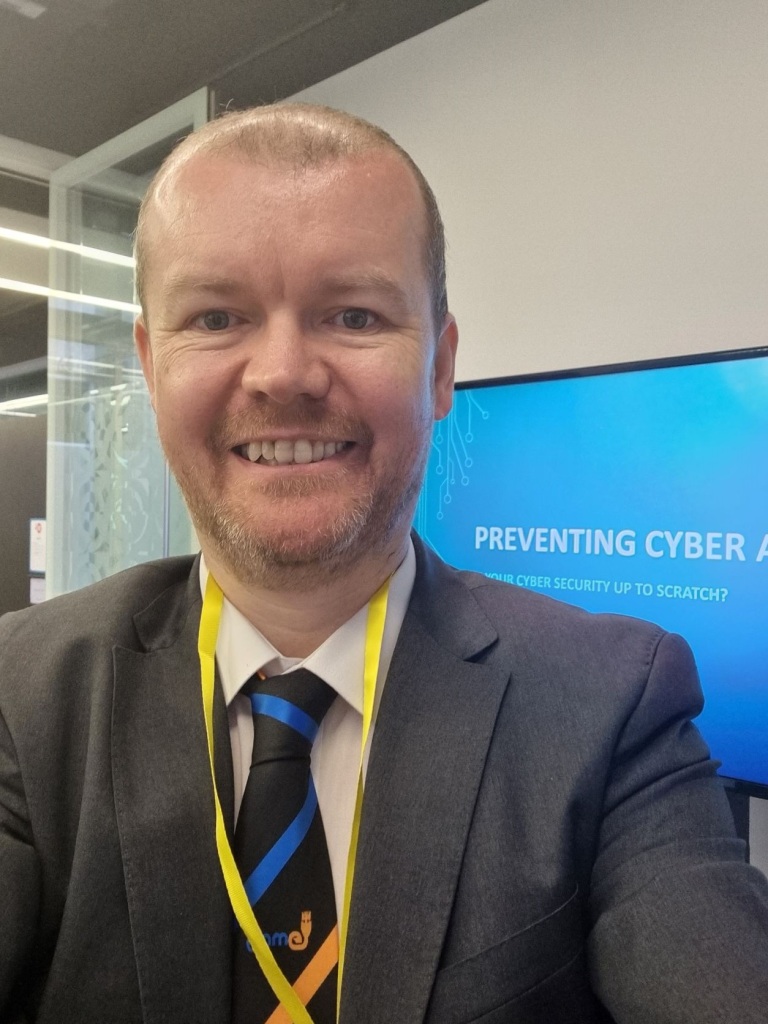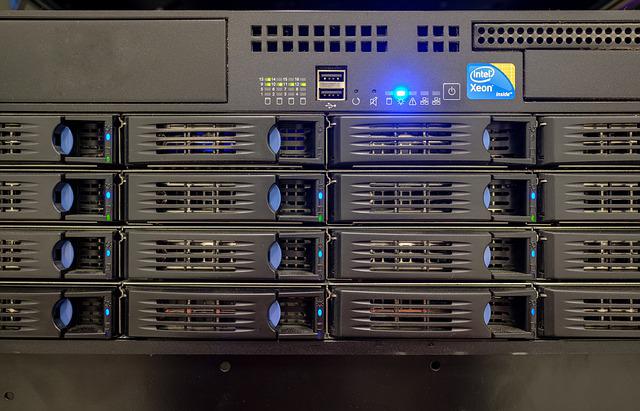
One of the key roles of IT services or IT support teams is to resolve issues, to fix things. But if this is the sum of expectations it represents a short-sighted view, as all you may get is repeated calls related to the same issue. As such IT services teams also need to try and develop users such that they are more able to resolve their own issues, only needing to seek IT services help for specific technical issues. So how do we navigate between these two options?
Statistics: Calls logged, resolved, time taken
We often need to identify methods by which we measure our efforts. In schools, for our students, this is the exam system and terminal exams at the end of the year. For IT teams one easy measure is to look at the number of issues reported, issues resolved and also the time elapsed. These are easy pieces of information to gather using a help desk software solution. The danger here is that what is easy to measure becomes what matters rather than us choosing to measure what matters. As such the repeated call by the member of staff related to the same issue can be viewed positively as it will be simple to resolve and close the call quickly therefore reflecting positively on the statistics. Is this use of IT staff time, repeatedly resolving the same issue for the same person, achieving value?
Learner Helplessness
Another issue with repeatedly and quickly fixing issues for staff is learned helplessness. Although staff will be happy to quickly and easily have their issues resolved it equally doesn’t encourage them to be self-sufficient. It in fact encourages them to call IT in future for all problems as this is likely to be easier and less effort than trying to find a solution for themselves. When working with Primary School teachers, I remember some teachers approaching this issue with their students, by using “C3B4ME”. What this basically means is that students shouldn’t approach the teacher for help unless they have tried 3 other sources such as books, their fellow students, the internet, relatives, etc first. I have actually had this poster placed on our IT Services noticeboard at the entrance to our offices as I think it is as valid for staff and for senior school students as it is for primary school students.
Training
So, from the above it might seem clear that we need to seek to train staff to be self-sufficient. If it was that simple we would all be doing it. Sadly, the challenge here is often time and intrinsic motivation. On the time front, staff in schools are already busy and there is a dearth of free time available to conduct training, therefore requiring something else to give, to free up time. Also, where staff members approach IT teams with an issue they largely need this issue resolved immediately as it might be impacting the current class or a class due to be taken later in the day. Linked to this, the motivation is about removing the issue to the teaching or admin task to be progressed; There is little motivation at the point of contact with IT teams towards learning a bit more about IT or about developing additional technology skills.
Maybe a future
I suspect part of the future may include the greater use of AI and chatbots. More and more schools force staff to log their issues via an online reporting tool rather than supporting direct phone calls. This makes sense due to the time taken for a phone call and the resultant resource usage where direct phone calls are supported. Augmenting this with AI that can easily and directly inform users as to fixes for common issues or can direct them to user guides to assist, freeing up IT staff time to focus on those issues which aren’t as easy to fix. This obviously relies on the accuracy of the AI to accurately interpret and categorise the user input. A challenge that I believe will occur here is simply the lack of detail which sometimes is entered within support calls from users. Am not sure we can do much about this, however a chat bot might simply deal with this by stating the need for further information.
Conclusion
If IT teams focus on fixing issues, staff skills will likely never improve and we will simply repeat the same guides and instructions as solutions to the same problems. This doesn’t feel like a productive use of time. Alternatively, we could try a focus fully on training with each call, however this is likely to result in user frustration and take too much time. As with so many things, the issue likely lies between the two. We should seek to fix issues as efficiently as possible while also seeking to inform and to educate. We should also use the data we gather to identify the common issues and again seek ways to share and train users to resolve these issues for themselves.
I feel it is the role of IT Services teams both to help resolve issues but also to develop user self-sufficiency such that they can increasingly solve their own problems; a difficult balance to achieve.












